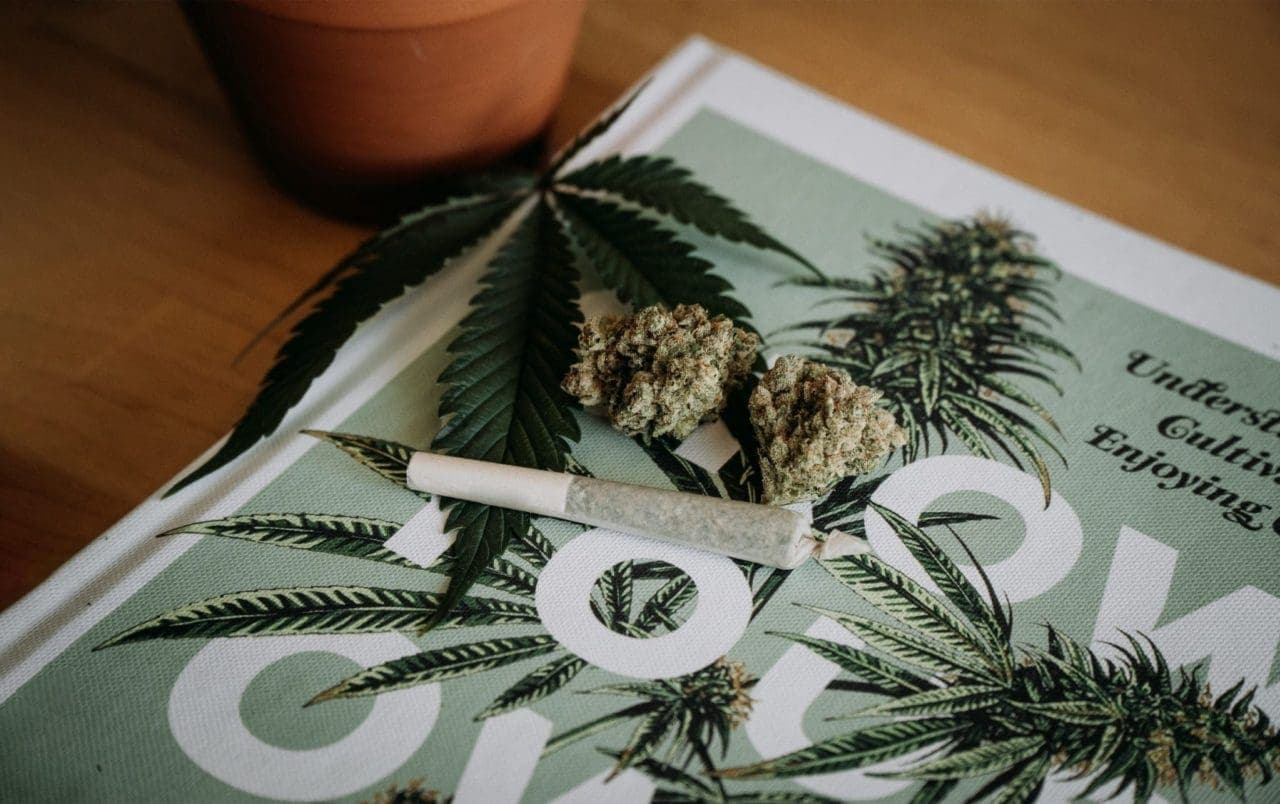How Do I Know What Dose of Medical Marijuana Is Right For Me?

Article written by

Dipak HemrajMedical Cannabis Researcher
Content reviewed by

Dr. Lewis Jassey
If you want to read a more detailed look at dosing medical marijuana, take a look at our guide to dosing medical cannabis, where we take a look at the main things to consider when dosing cannabis. We give a handy table looking at which cannabinoids and terpenes can help for specific conditions. For now, here are six things you should consider about dosing cannabis.
Get your medical marijuana card
Take it Slow and Low – Microdosing Medical Cannabis
Remember: you can always move forward, but you can’t really go back. When it comes to cannabis, especially edibles and products high in THC, then it is best to start low. Take about 2.5 – 5 mg of THC, wait 1 – 2 hours (2 hours with edibles), then see how you feel. If you feel you can handle more, take a little more and wait again. Ingesting small amounts of cannabis at a time in order to prevent negative effects whilst taking advantage of its benefits is often referred to as “microdosing“.
Download Our 1 Pager Guide to Dosing Medical Marijuana
Get Your Medical Card
Take Your Method of Ingestion Into Consideration
Each method of ingestion has its pros and cons. Edibles can take an hour or two to take effect, but the effects last a long time – up to a day if high doses are ingested, but generally around about 6 – 10 hours. This is because THC passes through the liver first when it’s eaten, then passes on through to the brain with more potent effects. Edibles can be very useful for chronic pain.
Vaping, smoking, and inhaling cannabis have an immediate effect, but the effects last anything from 1 hour to 4 hours, depending on how much was taken. Inhaling cannabis is ideal for those who may need immediate relief, such as those who are suffering from tremors or a sudden panic attack.
Tinctures are usually cannabis-infused oils – sometimes alcohol – that can be taken under the tongue (sublingually) with a dropper. They tend to take effect quicker than edibles (usually under an hour), and have longer-lasting effects than inhaling cannabis (around about 6 – 8 hours).
Topicals and salves are creams and other similar products infused with cannabis but are for external use. They are not psychoactive and can be useful for localized joint and bone pain, and nerve pain.
Transdermal patches release cannabinoids to a specific area of the body slowly over time. Such patches are psychoactive, as the cannabinoids penetrate the top layers of skin and get into the bloodstream. This method of ingestion is useful for those who need a slow release of cannabinoids over time. It can be useful for localized pain and to reduce opioid intake.
Take the Cannabinoids and Terpenes Into Account
The cannabis plant contains up to 150 different cannabinoids and 220 terpenes, all of which interact with each other in different ways to produce different effects. Not all cannabinoids are psychoactive, but they can still be hugely useful. You can find out more about different cannabinoids and terpenes and what they do in our cannabinoid-terpenoid table, but here’s a broad guide:
- Tetrahydrocannabinol (THC) – psychoactive; sedative.
- Tetrahydrocannabivarin (THCV) – anti-psychoactive in low doses, psychoactive in higher doses. Can have more energizing effects in low or moderate doses, but sedative in higher doses, especially when combined with THC.
- Cannabinol (CBN) – slightly psychoactive; sedative. CBN is a byproduct of THC.
- Cannabidiol (CBD) – non-intoxicating; can have an “up” effect, although some have reported sedative effects in higher doses. Can buffer the effects of THC when used in equal or greater ratios.
- Cannabichromene (CBC) – non-intoxicating; not sedative.
- Cannabigerol (CBG) – non-intoxicating; similar to CBD, can have an “up” or “energizing” effect.
- Linalool, humulene, and myrcene (terpenes) – are often reported as having relaxing, sedative effects when used together.
- Beta-caryophyllene, limonene, and pinene – more uplifting effects when used together and in high doses. However, when in low amounts and/or not in combination with each other, these terpenes can have more relaxing effects.
Remember: People Have an Endocannabinoid System of Their Own
Although there are some patterns with regards to what cannabinoid-terpene profile works for which conditions, there are many differences as well. What might work well for one person may not work for another, as everyone has their own endocannabinoid system (ECS). In this sense, cannabis is like any other medication, and physiological differences from person to person make a difference. More study is required to determine exactly which sets of cannabinoids and terpenes can be used for different conditions and people.
Finding Your Therapeutic Zone
This is where your symptoms are reduced or gone, and you are still able to function and not be too “high” or “stoned”. The usual way of doing this is to use a CBD-rich product with little THC in it, and increase the amount of THC in the product if the initial CBD:THC ratio is ineffective. Many people find a THC:CBD ratio of 1:1 tolerable, but others may prefer more CBD or THC.
Figure Out What You Want From Medical Marijuana
Do you want to be able to walk a mile without any pain? Do you want to reduce the number of painkillers you’re taking? Maybe it’s just a simple thing like being able to eat a full meal? If you set yourself a target that’s achievable, then you are more likely to find a way in which you can use medical marijuana to help you.
If you need further help and advice, then get in touch today. Alternatively, if you want to consult a physician to qualify for a medical marijuana certificate, then you can speak to a doctor online with Leafwell!

